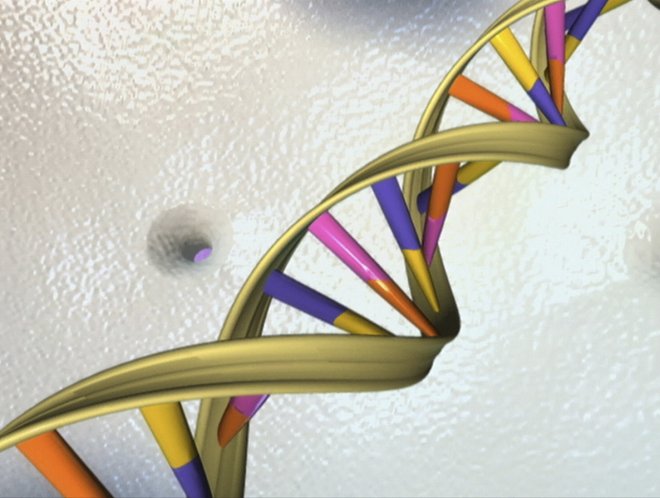
In what could remove a major hurdle to using gene editing technologies to treat human diseases, scientists have created a new version of the CRISPR/Cas9 genome editing technology that allows them to activate genes and treat diseases without creating breaks in the DNA.
Most CRISPR/Cas9 systems work by creating "double-strand breaks" (DSBs) in regions of the genome targeted for editing or for deletion.
But many researchers are opposed to creating such breaks in the DNA of living humans because there are growing concerns regarding unwanted mutations generated by the breaks.
"Cutting DNA opens the door to introducing new mutations," said Juan Carlos Izpisua Belmonte of the Salk Institute for Biological Studies whose laboratory developed the new technique.
"That is something that is going to stay with us with CRISPR or any other tool we develop that cuts DNA. It is a major bottleneck in the field of genetics -- the possibility that the cell, after the DNA is cut, may introduce harmful mistakes," he said.
The new technique, detailed in the journal Cell, alters the activity, rather than the underlying sequence, of disease-associated genes.
As a proof of concept, the researchers used their new approach to treat several diseases, including diabetes, acute kidney disease and muscular dystrophy, in mouse models.
The researchers developed the technique using a modified CRISPR-Cas9 system that does not cut the DNA.
The technology operates epigenetically, meaning it influences gene activity without changing the DNA sequence.
In a mouse model of acute kidney disease, the researchers showed that the technique activated previously damaged or silenced genes to restore normal kidney function.
They were also able to induce some liver cells to differentiate into pancreatic-like cells, which produce insulin, to partially rescue a mouse model of Type-1 diabetes.
The team also showed that they could recover muscle growth and function in mouse models of muscular dystrophy, a disease with a known gene mutation.
Instead of trying to correct the mutated gene, the researchers increased the expression of genes in the same pathway as the mutated gene, over-riding the effect of the damaged gene.
"We are not fixing the gene; the mutation is still there," Belmonte said.
"Instead, we are working on the epigenome and the mice recover the expression of other genes in the same pathway. That is enough to recover the muscle function of these mutant mice," Belmonte added.
Preliminary data suggest that the technique is safe and does not produce unwanted genetic mutations.
However, the researchers are pursuing further studies to ensure safety, practicality and efficiency before considering bringing it to a clinical environment.









